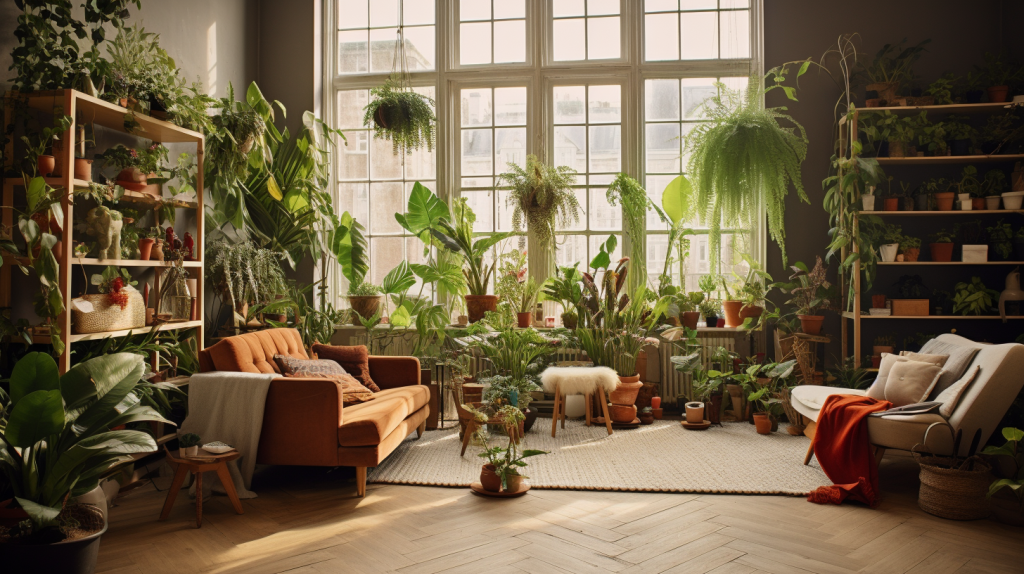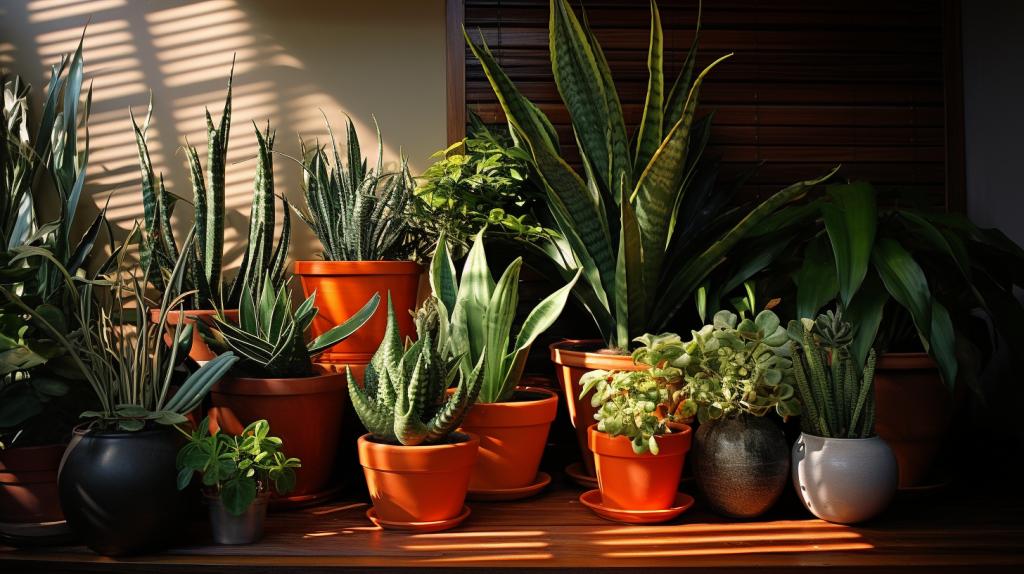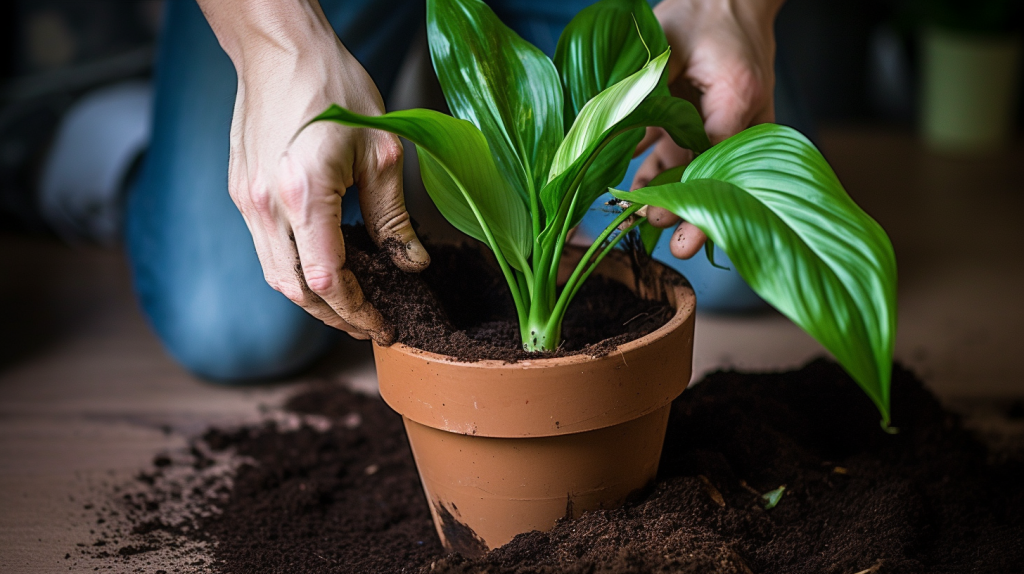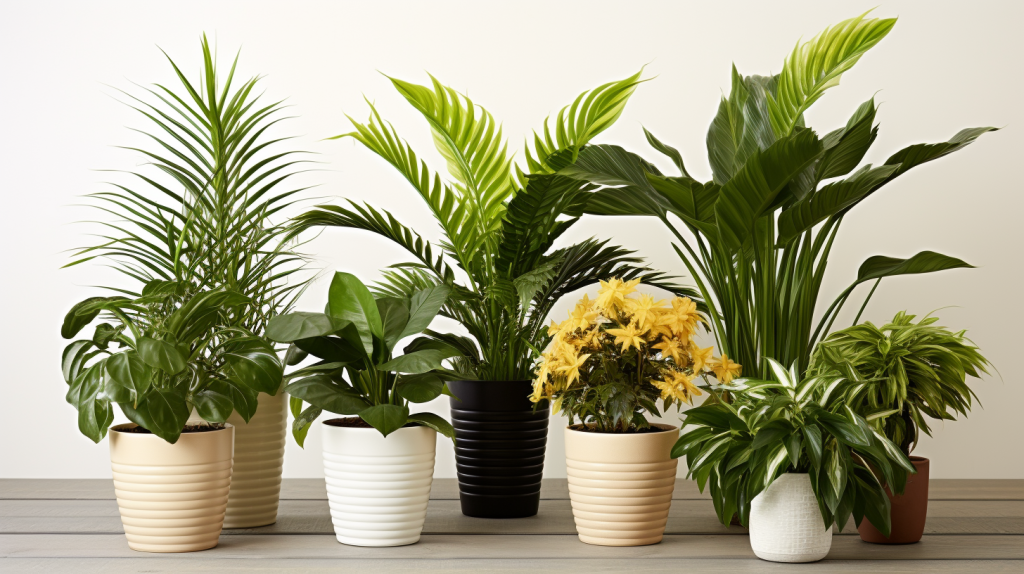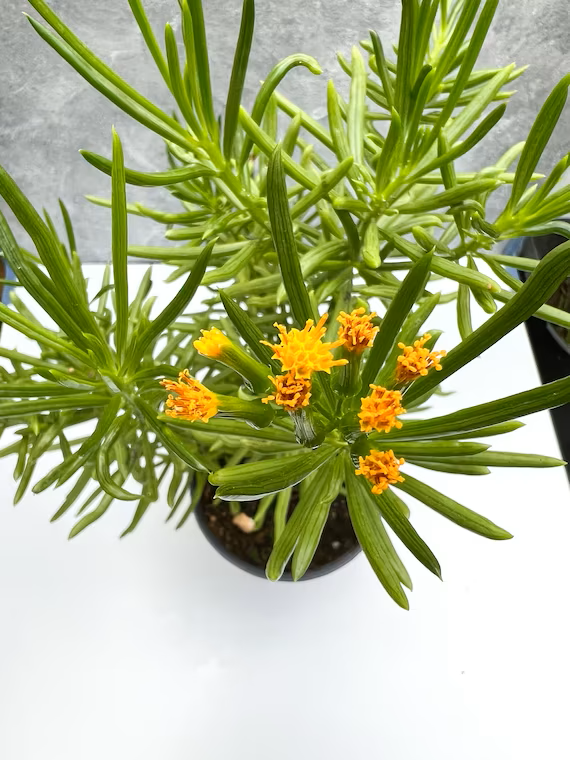Step into any plant lover’s home and you’re bound to encounter a beautiful array of indoor greens. These living pieces of decor not only add aesthetic appeal but also improve the air quality and create a sense of serenity in the home. If you are a plant enthusiast or just starting out on your green journey, these DIY plant hacks will be a game changer.
Understanding Your Plants
The first hack is to know your plants. Not all plants are created equal. Some enjoy direct sunlight, while others prefer shade. Some require a lot of water, while others can thrive with less. Understanding each plant’s individual needs is the key to a healthy, thriving indoor garden.
Propagating New Plants from Cuttings
Many plants, such as pothos and spider plants, can easily be propagated by cuttings. Simply cut a stem or leaf, place it in a jar with water, and wait for roots to grow. Once they do, you can plant your new baby in soil!
Coffee Grounds as Fertilizer
Your leftover coffee grounds can serve as an excellent plant fertilizer, providing much-needed nitrogen to your plants. Let them cool, sprinkle onto your soil, and lightly mix them in.
Regulate Watering with Ice Cubes
Overwatering is a common mistake that can easily kill plants. To prevent this, use ice cubes for watering. As they melt, they provide slow, consistent hydration. This is especially useful for plants that prefer their soil to dry out between waterings.
Eggshells for Extra Calcium
Plants need calcium for healthy growth, and eggshells are a great source. Rinse and crush your leftover eggshells, then mix them into your soil for a DIY calcium boost.
Cinnamon to Prevent Fungal Diseases
Cinnamon is a natural fungicide. If you notice signs of fungus on your plants, simply sprinkle some cinnamon on the affected area to help stop the spread.
Reuse Cooking Water
Next time you boil or steam vegetables, save the water. Once it cools, use it to water your plants. It’s full of nutrients that your plants will love.
DIY Pest Control
Mix a few drops of dish soap with water and spray it onto your plants to ward off pests. The soap will help to dehydrate pests without harming your plants.
Pruning for Growth
Regular pruning can promote fuller growth. Simply trim back any leggy growth or dead leaves and your plant will respond by growing back fuller and healthier.
Create Humidity Trays
Many tropical plants enjoy a humid environment. Fill a shallow tray with pebbles, add water until it’s just below the top of the pebbles, and place your plant on top. As the water evaporates, it’ll create a humid microclimate for your plant.
Toilet Paper Rolls for Seedlings
Save those toilet paper rolls! They make perfect biodegradable pots for starting seedlings. Once your seedlings are ready to be transplanted, plant the entire roll – it will decompose naturally.
Epsom Salt for Magnesium
Plants need magnesium for photosynthesis. Dissolve a tablespoon of Epsom salt in a gallon of water and use it to water your plants for a quick magnesium boost.
Use Chamomile Tea to Prevent Damping Off
Damping off is a disease that affects seedlings. To prevent it, water your seedlings with cooled chamomile tea. It has natural antifungal properties that help keep seedlings healthy.
Baking Soda for Sweeter Tomatoes
Mix a small amount of baking soda into your soil to lower its acidity. This can result in sweeter tomatoes.
DIY Vinegar Fungicide
Mix equal parts vinegar and water to create a DIY fungicide. Spray it onto your plants at the first sign of fungus.
Aspirin for Immune Boost
Crush an aspirin tablet, dissolve it in water, and spray it on your plants to give their immune systems a boost and help them fight off diseases.
Milk for Powdery Mildew
If you notice powdery mildew on your plants, mix equal parts milk and water and spray it onto your plants. The milk helps to kill the mildew.
Use Matchsticks for Extra Sulfur
Plants need sulfur for healthy growth. Stick a few matchsticks into your soil, head down, for a slow-release source of sulfur.
Banana Peels for Potassium
Bananas are rich in potassium, a nutrient that plants need for healthy growth. Bury chopped-up banana peels in your soil as a natural source of potassium.
Beer Traps for Slugs and Snails
If you’re having trouble with slugs and snails, bury a shallow dish in your garden and fill it with beer. The pests are attracted to the beer, fall in, and drown.
Aluminum Foil for Light Reflection
Use aluminum foil to reflect light back onto your plants, ensuring they get light from all angles.
Use a Sponge in the Bottom of Pots
Place a sponge in the bottom of your pot before adding soil. The sponge will absorb excess water and prevent waterlogging.
Use Coffee Filters to Prevent Soil Leakage
Place a coffee filter at the bottom of your pot before adding soil. This will prevent soil from leaking out of the drainage hole while still allowing water to drain.
Use Citrus Peels as Seed Starters
Citrus peels can be used as biodegradable seed starters. Fill them with soil, plant your seeds, and once your seedlings are ready, plant the entire thing in your garden.
Keep Plants Warm with Christmas Lights
If you have plants that like it warm, wrap them in Christmas lights to keep them warm during the colder months. Just make sure to use LED lights that don’t get too hot.
Final Thoughts
Having indoor plants can be a rewarding experience and with these 25 DIY plant hacks, your home will surely transform into a flourishing green paradise. Now that you are equipped with a new arsenal of plant-care tips, it’s time to roll up your sleeves and apply these tricks to your green buddies. So, here’s to happier, healthier indoor plants!

